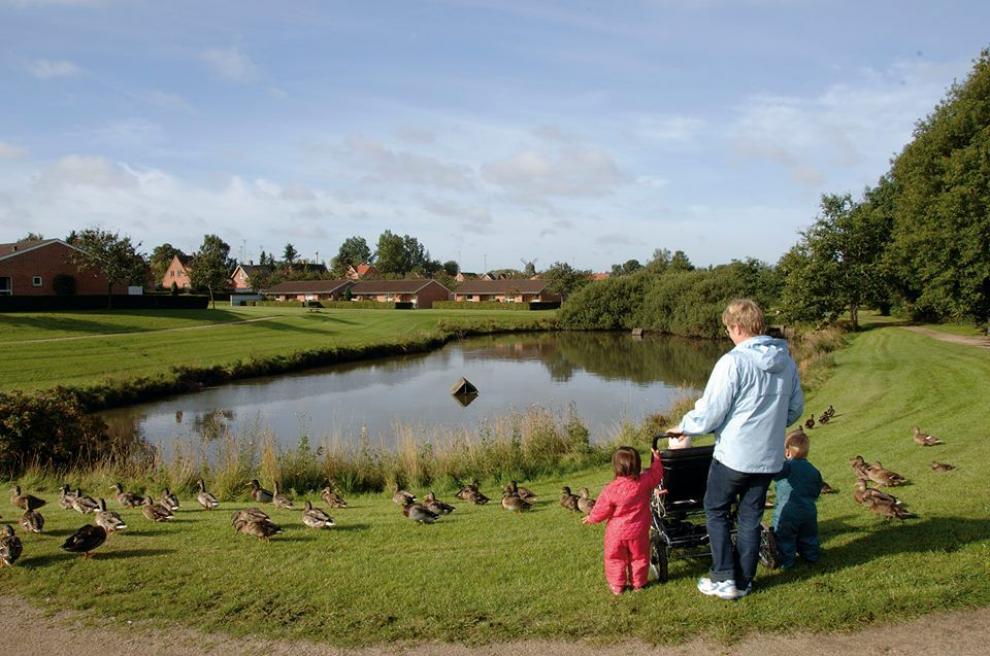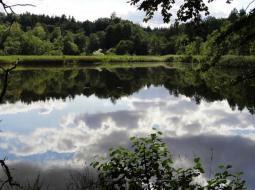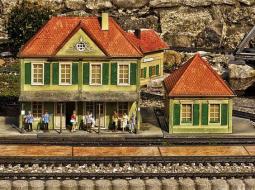Thessaloniki gets ready for its metro launch in November
The underground rapid transit lines have been under construction for almost two decades due to various project delays
 TheMayor.EU logo
TheMayor.EU logo 
Favrskov Municipality was created on 1 January 2007 as a result of Kommunalreformen (The Municipal Reform of 2007). It is a fusion of the former municipalities of Hadsten, Hammel, Hinnerup and Hvorslev, as well as the southern part of the former Langa Municiplaity. The northern parts of Faverskov Municipality, including the former municipalities of Hadsten, Langå and Hvorslev, are part of the larger geographical region of Kronjylland.
Favrskov Municipality is located in Central Denmark Region north of Aarhus and is a part of the Aarhus area. The municipality covers an area of 540.25 km2 and has a population of 47,177 (1 April 2014). The biggest towns in the municipality are Hadsten, Hinnerup and Hammel.
Favrskov Municipality is part of Business Region Aarhus and the east Jutland metropolitan area, with a total population of 1.378 million people (2016).
From 2005 to 2009, Favraskov was the third-fastest growing municipality out of 98, according to Danmarks Statistik.
Favrskov Municipality is part of Business Region Aarhus and the east Jutland metropolitan area.

The municipality of Favrskov is located amidst one of the most beautiful natural landscapes in Jutland, and only a half an hour drive from the larger cities, such as Aarhus, Silkeborg, Randers and Viborg. Denmark’s longest river, Gudenåen, runs through the northern part of the municipality.
There are plenty of opportunities to stay active here: visit the Hammel Golf Club, mountain bike in the fantastic forest, sleep in a shelter over a night, go on fishing tours, hunt, or play geocaching.

One of the well-known tourist attractions in the area is Modelbane Europa i Hadsten. It is one of the biggest model railways in Europe, with over 400 square meters of railway lines and 100 trains in service. The trains drive through a German-inspired landscape, with deep valleys and high mountains, rivers, dark tunnels and impressive bridges. The streets are full of life, with people, trams, buses and boats at the harbor. The railway lines meet at the main station where 11 platforms are set up. The trains demonstrate the 100-year history of trains, with steam locomotives and modern high-speed trains.
Address: Skovvej 20, 8382 Hinnerup